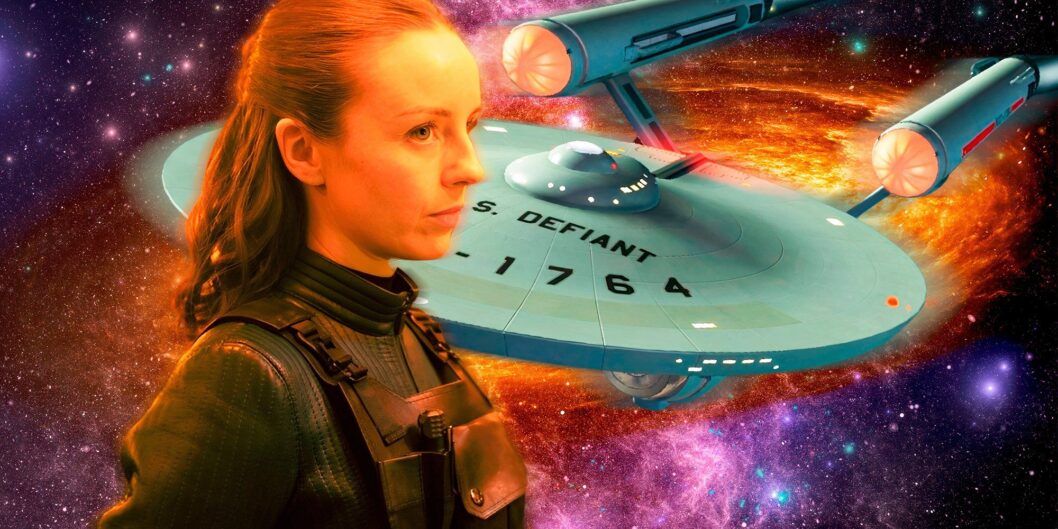Star Trek: Section 31 Faces Criticism Over Iconography and Visuals
Overview
The latest installment in the Star Trek franchise, Star Trek: Section 31, has generated mixed reactions from fans and critics alike. Set in the unexplored regions of the 24th century, the film follows Emperor Philippa Georgiou (played by Michelle Yeoh) and her team of operatives as they face off against a potential invasion from the Mirror Universe’s Terran Empire. The film’s visuals and lack of recognizable Star Trek elements have come under scrutiny, with many feeling that these factors detracted from the experience.
Plot and Characters
Taking place on Stardate 1292.4 (or circa 2324), Star Trek: Section 31 sees Georgiou teaming up with Section 31 agents to prevent a sinister invasion threat posed by the villain named San (James Hiroyuki Liao). San has ties to Georgiou’s past, particularly during her reign as Emperor in the Mirror Universe. The film’s overall aesthetic has been criticized for lacking the iconic Star Trek starships that fans have come to associate with the franchise.
Visual Limitations and Critique
One of the main criticisms centers on the film’s starship visuals. San commands a crimson starship that bears resemblance to La Sirena, the ship used in Star Trek: Picard. Meanwhile, Section 31 is left with a makeshift garbage scow after their own starship was sabotaged by Fuzz (Sven Ruygrok), a mole working with San. This lack of recognizable starship designs has led to a “visually generic” portrayal during key battle sequences.
Critics argue that the film would have benefitted from invoking the USS Defiant—an iconic Star Trek ship with ties to both the Prime Universe and the Mirror Universe. As a formidable vessel in previous Star Trek lore, its inclusion could have provided a significant visual connection to earlier storylines and enhanced the authenticity of the Star Trek experience.
The Call for More Iconography
Star Trek: Section 31 was designed to be a "new flavor" of the franchise but, in doing so, deliberately avoided the series’ traditional iconography. This decision has led to significant criticism, with fans desiring familiar elements of the franchise amid the film’s action. The absence of classic Star Trek motifs has rendered the narrative more akin to a generic sci-fi action film rather than one grounded in the thought-provoking moral quandaries that have defined the series.
“Star Trek: Section 31 needed as much Star Trek as it could have mustered,” said a critic, summarizing the sentiment that the film missed opportunities to incorporate the rich history and visual elements that fans cherish.
Potential Implications for Franchise
Though Star Trek: Section 31 has its standalone story and original characters, its reception may have broader implications for the Star Trek franchise. The divergent approach in visuals and thematic elements raises important questions about the direction of future projects. It underscores a need for a careful balancing act between innovation and respecting established lore to ensure that content aligns with fan expectations.
Conclusion
Star Trek: Section 31, which premiered on January 15, 2025, and runs for 96 minutes, is seen as a noteworthy addition to the franchise but not without significant flaws. While it pushes boundaries in storytelling, the film’s struggle with identity—especially its perceived distancing from traditional Star Trek iconography—has sparked a debate among fans. Upcoming Star Trek releases may need to take cues from this feedback to blend nostalgia with fresh narratives more effectively.
Where to Watch
Star Trek: Section 31 is available for viewing on Paramount+ and FuboTV, opening up avenues for fans eager to engage with Georgiou’s latest escapade and explore the complexities of a universe that continues to expand.









